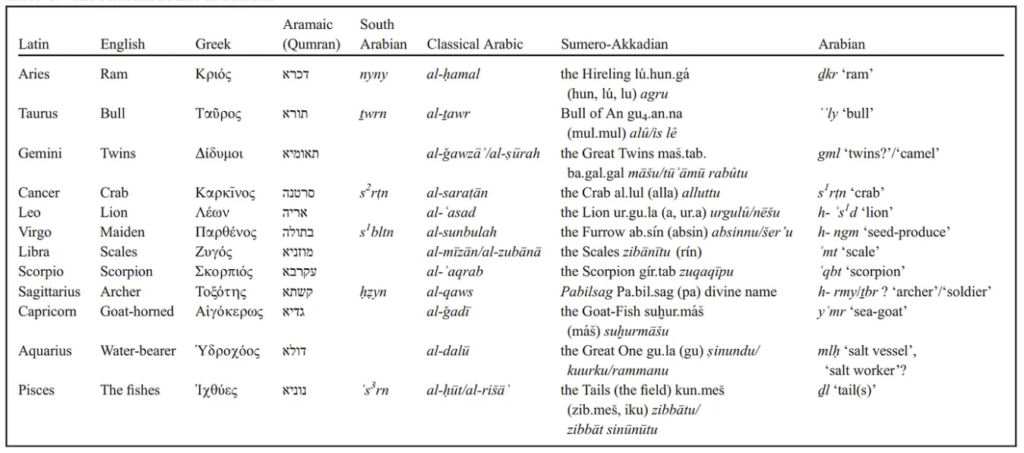Etymological Exploration: The Archaic Arabic Language, Safaitic

By: Maryem Bouatlaoui / Arab America Contributing Writer
Safaitic Language
The Safaitic language derives from various South Semitic scripts used by Arabs in southern Syria and northern Jordan’s Harrah region. Researchers believe that the Safaitic language was used around two thousand years ago in northern Arabia and is composed of a script distinct from the Arabic script we know and use today. Archaeologists and geologists’ discoveries of rocks with Safaitic inscriptions suggest that Safaitic script was mainly used for written communication. The origins of the Safaitic are yet to be fully determined; however, it is believed to be a member of the Ancient North Arabian group of the South Semitic script family.
According to researchers and historians, the Safaitic language was the primary language of communication between the tens of thousands of inhabitants of now southern Syria, north-eastern Jordan, and northern Saudi Arabia. Even so, Safaitic script has been found further afield, in western Iraq, Lebanon, and even at Pompeii.
Etymology of Safaitic

Despite its unclear origins, historians have traced back Safaitic to the Ancient North Arabian (ANA) sub-grouping of the South Semitic script family. While it is one of the fundamental precursors to Modern Standard Arabic, the Safaitic script is distinct from that of Classical Arabic. However, inscriptions do shed light on the similarities between the two languages; for example, the use of “al” as an article.
There are only a few researchers in the world who can read Safaitic. Ahmad Al-Jallad, a professor of Arabic and Semitic linguistics at Leiden University in the Netherlands, and Michael Macdonald, a scholar at Oxford who studies ancient inscriptions, are a couple of people who can read and write Safaitic and have spearheaded archaeological projects in northern Arabia in pursuit of expertise in the language.
Discoveries on Arab and Islamic Culture
The discovery of Safaitic also came with the exploration of nuances of the pre-Islamic era. Al-Jallad and MacDonald’s decoding of Safaitic unraveled a line of history of pre-Islamic references to religious ideas central to Islam. Their findings raise the question of whether Islamic religious notions in Arabia predated the dissension of the Quran along with the Prophet Muhammed (PBUH). Speculators believe that the inscriptions may be referring to existing religious texts at the time such as the Torah and the Bible, however, it is very unclear.

MacDonald and his crew also discovered an Arab zodiac system encrypted in the Safaitic language. While decoding Safaitic inscriptions, researchers have picked up on linguistic patterns that refer to astrology. The Safaitic language reveals a comprehensive Arabian zodiac, connecting Safaitic words to constellations. The development of an astrological system suggests the Arabs’ reliance on the stars as a navigation tool.
Check out Arab America’s blog here!









